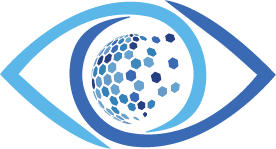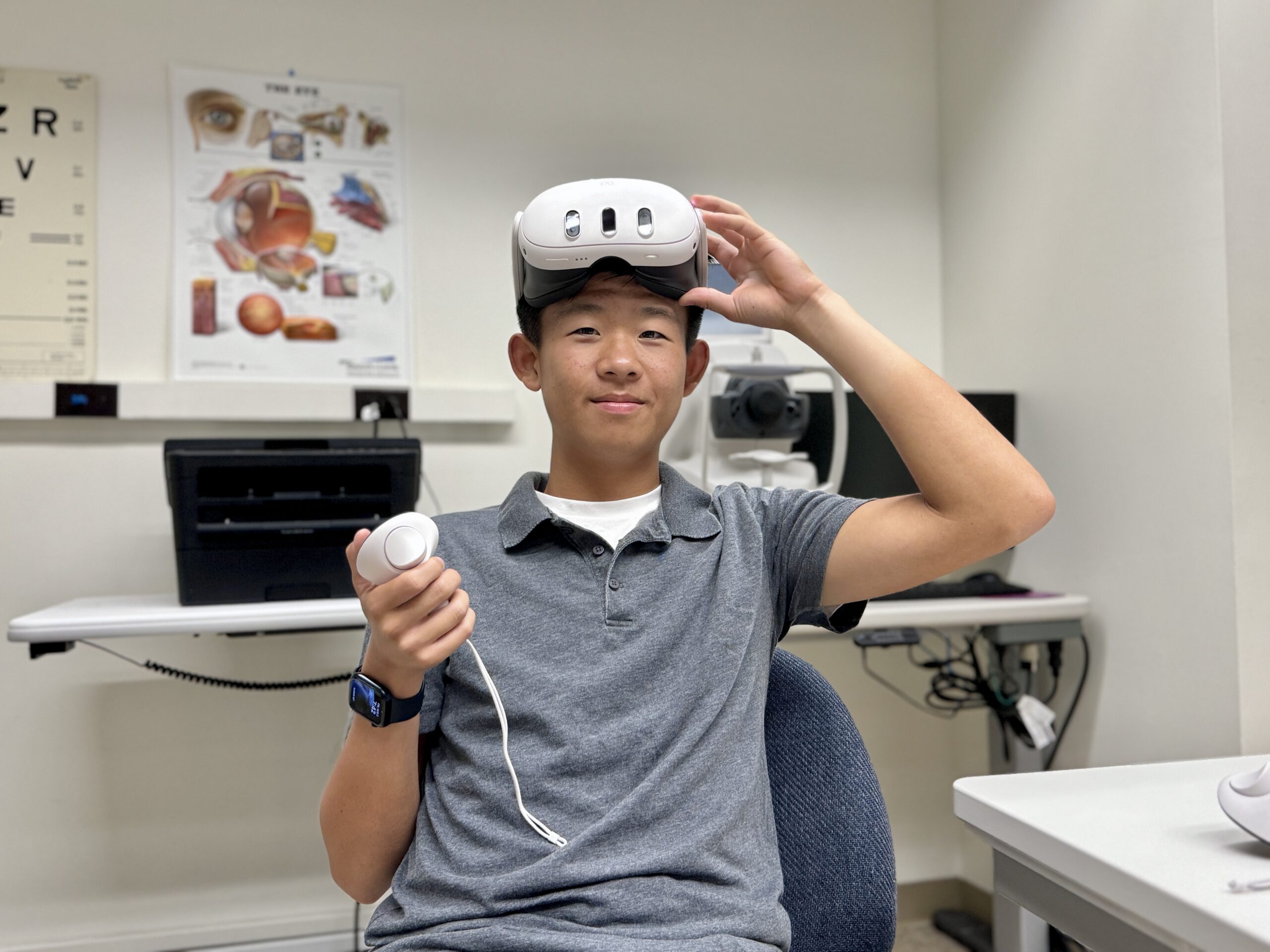Innovative Vision Screening and Myopia Detection Using Virtual Reality (VR) Technology
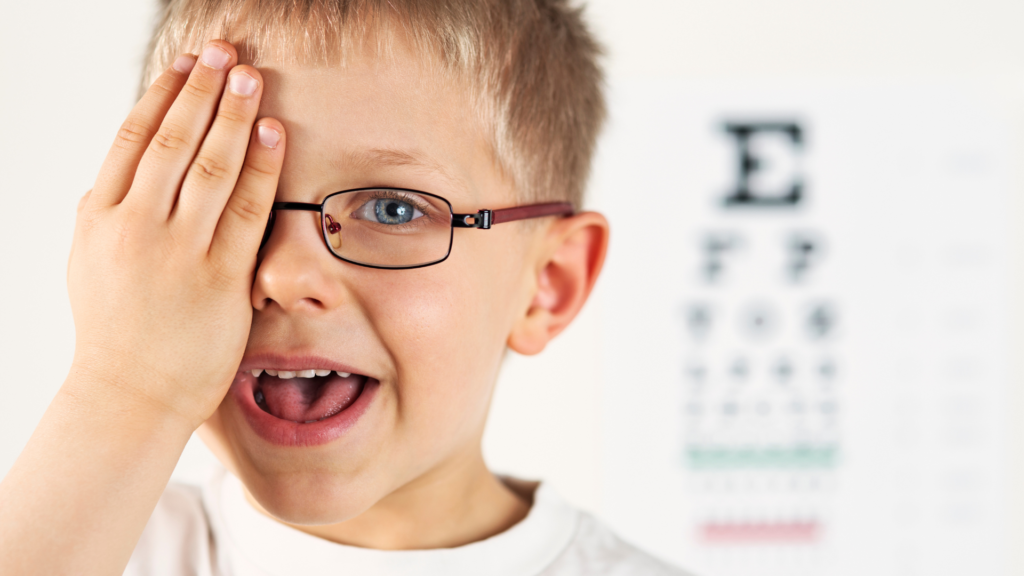
Objective
To develop and implement a VR-based system for efficient and accurate vision screening and early myopia detection.
This system aims to provide a portable, user-friendly, and cost-effective solution for early diagnosis and monitoring of myopia, especially in children and young adults.
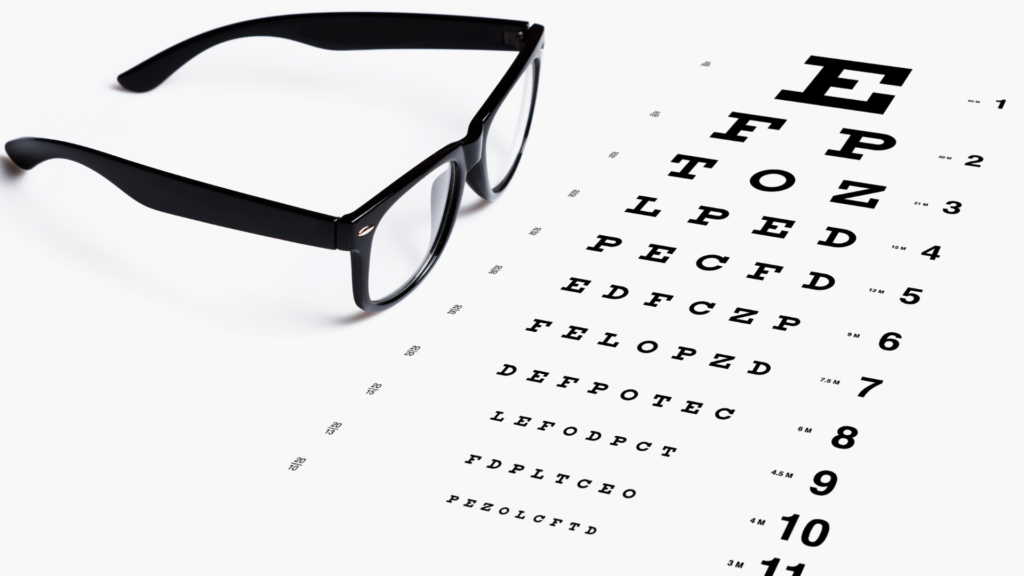
Background
Myopia, or nearsightedness, is a common vision condition where distant objects appear blurry. Consequently the earliest sign of myopia development is blur at distance.
Traditional vision screening methods often require specialized equipment and trained personnel, making it challenging to reach underserved or remote populations.

Technology
VR Headsets: Equipped with high-resolution displays and eye-tracking capabilities.
Software Application: Custom-developed software to administer vision tests
Data Analytics: Algorithms to analyze visual responses to detect signs of myopia and other vision impairments.
Phase I: Technology Design and Development

Acuity & Refraction Test Simulation
Develop software platform that simulates visual acuity test, such as Tumbling C, contrast sensitivity, and refraction tests.

Eye Tracking Integration
Integrate eye-tracking technology to monitor and record eye movements and responses.

Interface Design
Create a user-friendly interface for both the subject and the administrator.
Phase II. Calibration & Validation
VR device is calibrated for projected viewing distance and tested against standard clinical tests to ensure its agreeability and reproducibility.
Phase III. Deploy for Testing in Real-world Setting

Ensure good generalizability in a diverse population with wide range of age

Objective & subjective data for efficiency and reliability evaluations
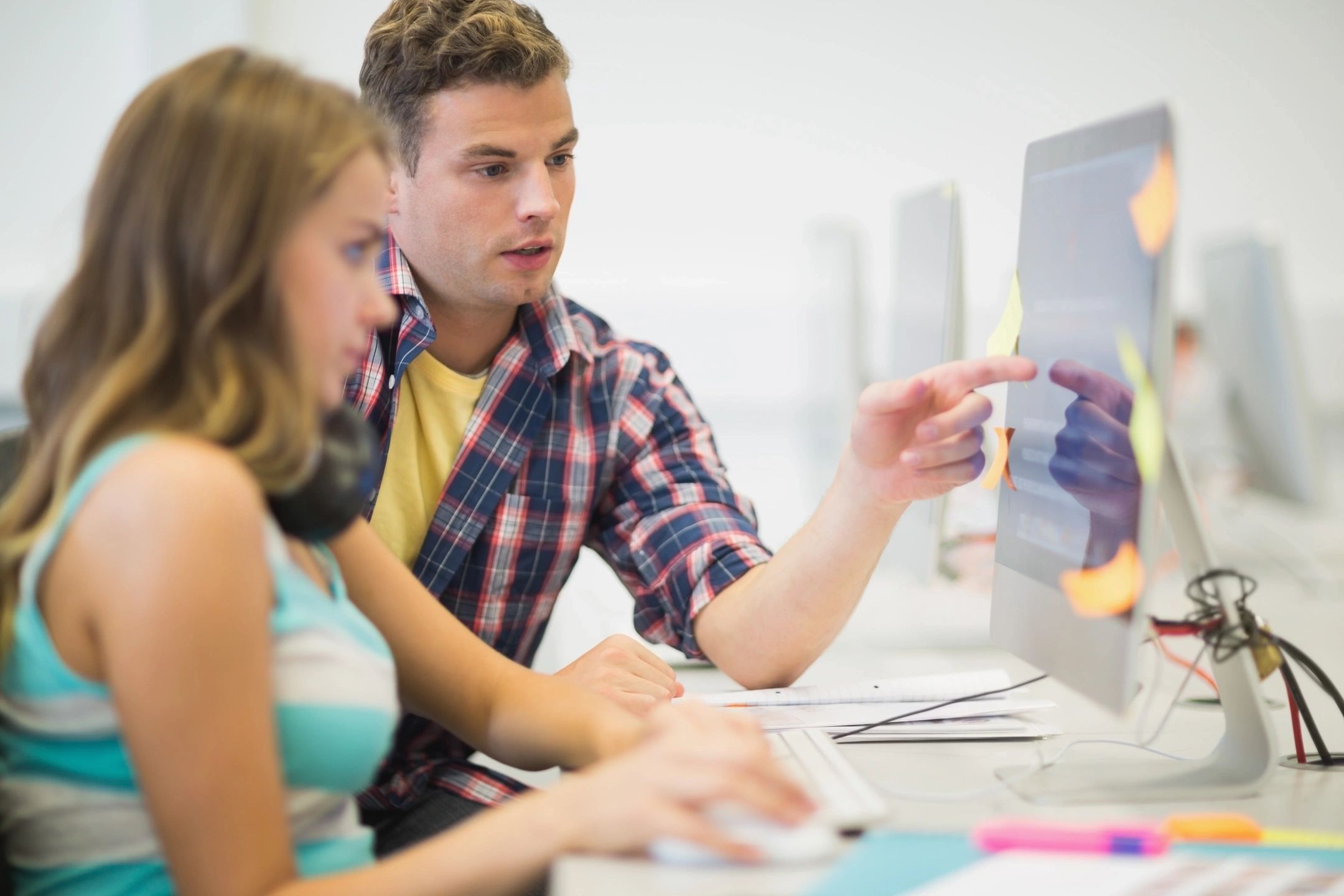
Develop training materials for screening test providers
Phase VI. Algorithm Optimization & Predictive Analysis

Continuously collect data from screenings to refine algorithms and improve detection accuracy

